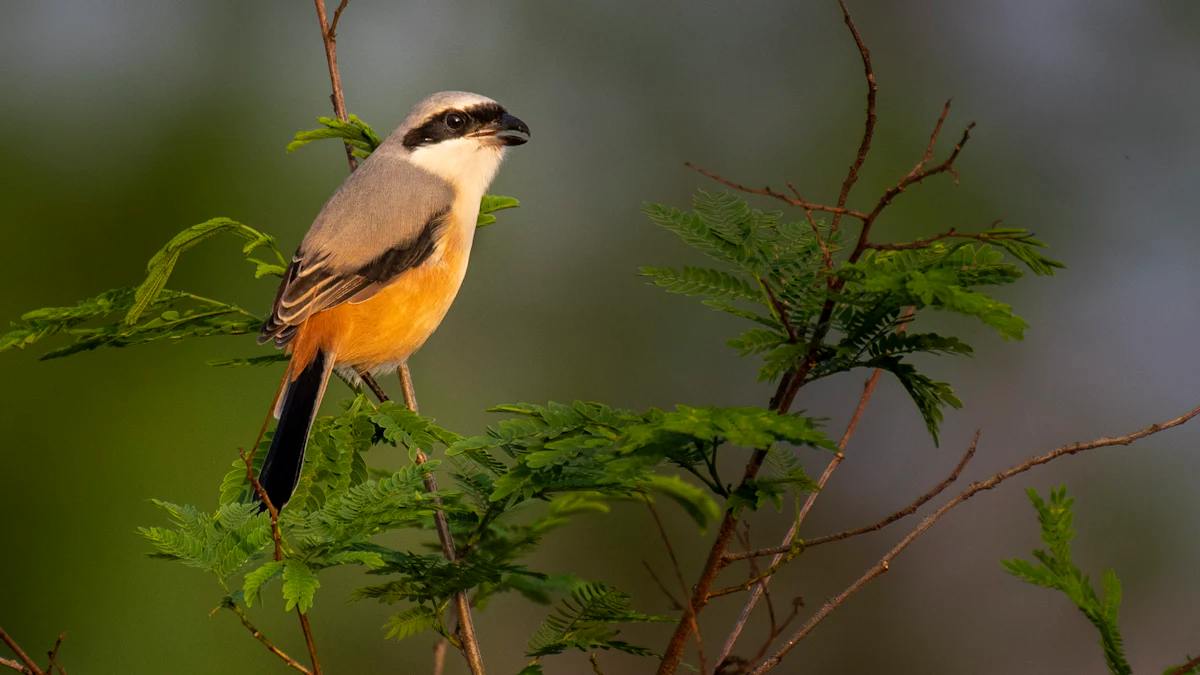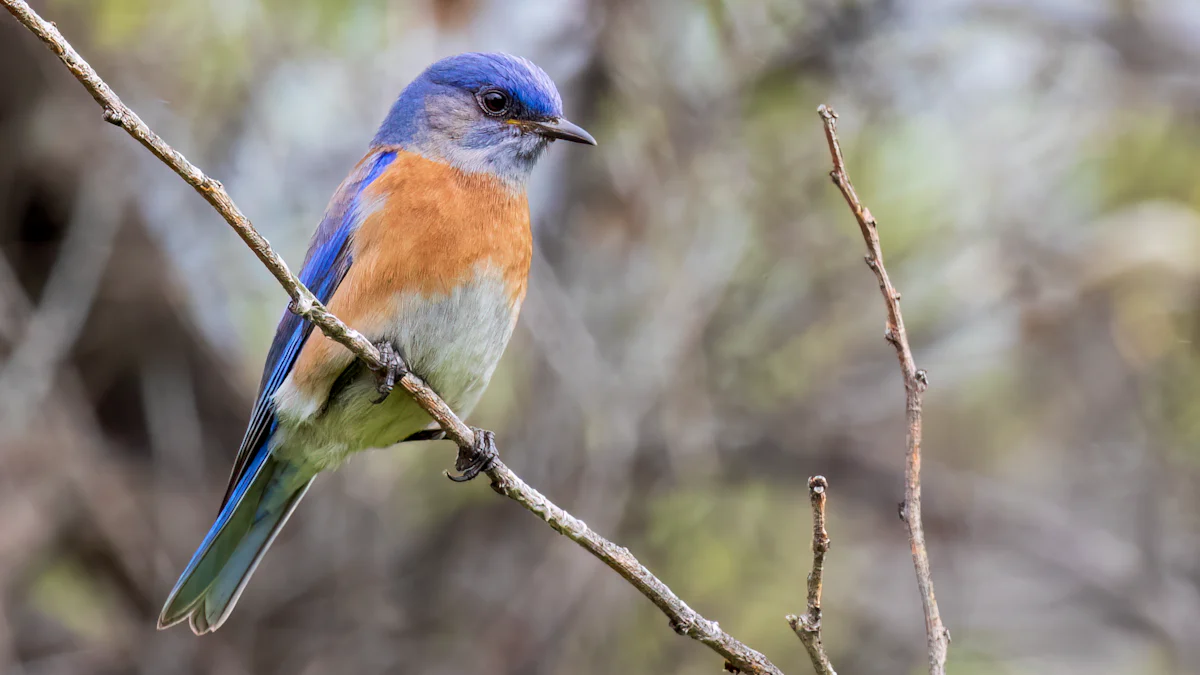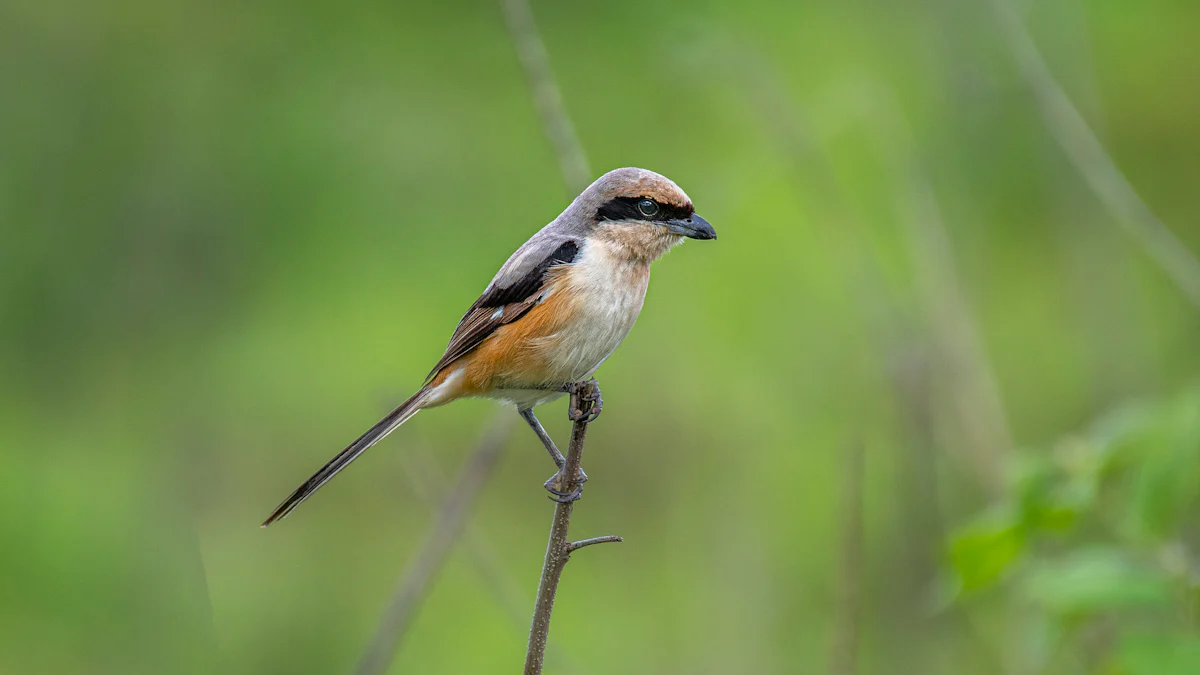
I’ve noticed that mealworms are a natural part of many wild birds’ diets. Robins, blue tits, blackbirds, starlings, dunnocks, sparrows, and wrens all seem to love them. Mealworms for birds are packed with protein and fat, making them a fantastic treat. But not every bird species benefits from them. Some just prefer other foods.
Key Takeaways
- Mealworms are healthy snacks for birds, full of protein and fats.
- Dried mealworms have more nutrients than live ones. They are easier to keep and feed.
- Some birds don’t like mealworms. Giving different foods helps birds stay healthy and meet their needs.
Nutritional Benefits of Mealworms for Birds

Protein, fat, and fiber content
Mealworms are like little powerhouses of nutrition for birds. I’ve always been amazed at how much they pack into such a tiny package. Did you know mealworms contain about 53% protein? That’s on par with chicken and even beats beef! Birds need protein to build strong muscles and feathers, so it’s no wonder they love mealworms.
The fat content is another big plus. Mealworms have around 28% fat, most of which is unsaturated. That’s the healthier kind of fat, unlike the saturated fats you’d find in red meat. This fat gives birds the energy they need to stay active, especially during colder months or when they’re raising chicks.
And here’s something I didn’t expect—mealworms even have fiber! At 6%, it’s not a huge amount, but it’s still a nice bonus since fiber isn’t usually found in meat. If you’re curious, here’s a quick comparison of mealworms with other common bird food options:
| Nutrient | Mealworms | Soy | Maize | Wheat Bran |
|---|---|---|---|---|
| Protein | 48% | Lower | Lower | Lower |
| Fat | 28% | Lower | Lower | Lower |
| Fiber | 6% | N/A | N/A | N/A |
Benefits for energy, growth, and overall health
Mealworms for birds aren’t just tasty—they’re incredibly beneficial. They provide 14 to 25 grams of protein per 100 grams, which is essential for energy and growth. Birds burn a lot of energy flying, foraging, and staying warm, so this protein is a lifesaver.
The fat content, which ranges from 31% to 43%, acts as a concentrated energy source. I’ve noticed that birds especially rely on this during breeding season or in winter when food is scarce. Mealworms also come with essential vitamins and minerals like Vitamin E, Iron, Calcium, and Potassium. These nutrients help birds in so many ways—boosting their immune systems, strengthening their bones, and even improving muscle function.
If you’re feeding wild birds, mealworms are a great way to give them a little extra support. They’re like a superfood for our feathered friends!
Live vs. Dried Mealworms for Birds
Nutritional differences
I’ve always wondered if live or dried mealworms are better for birds. Turns out, there’s a big difference in their nutritional content. Dried mealworms pack a punch with 53% protein, 28% fat, and 6% fiber. Live mealworms, on the other hand, have 20% protein, 13% fat, and 2% fiber. That means dried mealworms offer more nutrition overall.
Here’s a quick comparison:
| Nutritional Component | Live Mealworms | Dried Mealworms |
|---|---|---|
| Moisture | 62% | N/A |
| Protein | 20% | 53% |
| Fat | 13% | 28% |
| Fiber | 2% | 6% |
Dried mealworms are dehydrated, which concentrates their nutrients. Live mealworms, though, provide a more natural feeding experience for birds. I’ve noticed some birds seem to prefer the movement of live mealworms—it’s like a little hunting game for them!
Convenience and storage
When it comes to storage, dried mealworms win hands down. They don’t need refrigeration and can sit in an airtight container for months without going bad. That makes them super easy to store and transport. Live mealworms, however, need to be kept in the fridge to stay fresh and dormant.
I’ve found that dried mealworms are perfect for busy bird enthusiasts. They’re shelf-stable and ready to use anytime. Live mealworms, while more natural, require a bit more effort to maintain. If you’re like me and don’t want to deal with wriggling bugs in your fridge, dried mealworms are the way to go.
Cost and availability
Cost is another factor to consider. Dried mealworms usually cost between $15 and $25 per pound, and you get thousands of them in a single bag. Live mealworms, on the other hand, cost about $20 for just 1,000 worms. That’s a big difference!
Prices can vary depending on where you buy them and how they’re produced. I’ve noticed that dried mealworms are often more widely available, especially online. Live mealworms might be harder to find in some areas, but they’re worth it if you want to give your birds a special treat.
Both options have their pros and cons. Whether you choose live or dried mealworms for birds, it really depends on your budget, storage space, and how much effort you’re willing to put in.
Birds That Benefit Most from Mealworms

Examples of bird species that thrive on mealworms
I’ve noticed that mealworms are a natural part of many wild birds’ diets, and they’re readily enjoyed by a wide variety of species. Some of the most common birds I’ve seen thriving on mealworms include:
- Bluebirds
- Robins
- Chickadees
- Wrens
- Woodpeckers
- Orioles
Other birds like cardinals, catbirds, titmice, and blue jays also seem to love mealworms. These birds benefit from the high protein and fat content, which helps them stay active and healthy. I’ve even seen robins and bluebirds feeding mealworms to their chicks during the breeding season. It’s amazing how much energy these little treats provide!
Why some birds may not prefer mealworms
Not all birds are fans of mealworms, though. Some species prefer fresh food or have specific dietary needs. For example:
- Birds might ignore mealworms if other food sources, like seeds or fruits, are more abundant.
- Individual birds may avoid mealworms based on their past experiences with similar foods.
- Seasonal factors can also play a role.
I’ve noticed that fruit-eating birds, like Cedar Waxwings, don’t show much interest in mealworms. They stick to their preferred diet, even when mealworms are available. It’s a good reminder that mealworms shouldn’t be the only food we offer to our feathered friends.
Seasonal feeding considerations
Seasonal changes can really affect how birds respond to mealworms. In winter, when insects are scarce, birds like robins and chickadees rely more on mealworms for energy. During spring and summer, when insects are plentiful, birds might eat fewer mealworms since they have more options.
I’ve also observed that birds’ nutritional needs change with the seasons. In colder months, they need more fat to stay warm, making mealworms an excellent choice. But in warmer months, they might prioritize other foods to balance their diet. Offering mealworms for birds as a supplemental food source throughout the year can help them thrive, no matter the season.
Best Practices for Feeding Mealworms to Birds
Preparing and serving mealworms
When it comes to preparing mealworms, I’ve learned a few tricks to make them safe and appealing for birds. If you’re using live mealworms, store them in the refrigerator. This keeps them cool and dormant, slowing their metabolism so they don’t turn into beetles too quickly. I always label the container to avoid any mix-ups. Live mealworms can last up to a couple of months this way.
For dried mealworms, I’ve found that moistening them with a bit of water makes them more attractive to birds. It’s like giving them a little hydration boost! Use feeders with tall sides, roofs, and drainage holes to keep the mealworms fresh and protected from rain. Storing dried mealworms in a sealed bag also helps prolong their shelf life.
When and how often to feed mealworms
Mealworms should be a treat, not the main course. I usually offer them a few times a week as part of a balanced feeding plan. Birds need a variety of foods to stay healthy, so mealworms should only make up about 10-15% of their diet. They’re packed with protein and energy but lack some essential nutrients found in seeds, fruits, and vegetables.
I’ve noticed that feeding mealworms in moderation keeps birds coming back without causing any dietary imbalances. It’s all about finding the right balance to support their health.
Avoiding overfeeding and pests
Overfeeding mealworms can lead to problems. Birds might gain weight or lose interest in other foods if they eat too many. To avoid this, I stick to the 10-15% rule and make sure to offer a mix of other foods like sunflower seeds, suet, and fresh fruit.
Pests can also become an issue if mealworms aren’t handled properly. I always choose high-quality mealworms and store them correctly to prevent contamination. Using feeders with tamper-resistant features helps keep unwanted critters away. By taking these precautions, I can enjoy feeding birds without worrying about pests or overfeeding.
Mealworms are a natural part of many wild birds’ diets, and they’re readily enjoyed by species like robins, blue tits, and wrens. They’re packed with protein and healthy fats, making them a fantastic energy source, especially during breeding seasons or colder months. I’ve found that understanding their nutritional value helps me make better choices for my backyard birds.
If you’re new to feeding mealworms, start small. Use a shallow dish or a specialized feeder in a visible spot. Gradually increase the amount as more birds discover this treat. Mealworms are eco-friendly too, requiring fewer resources to farm than traditional livestock. They’re a sustainable way to support bird health and vitality.
While mealworms for birds are incredibly nutritious, they work best as a supplement. Offering a variety of foods ensures birds get a balanced diet. With the right approach, mealworms can be a rewarding addition to your bird-feeding routine.
FAQ
Can I feed mealworms to all types of birds?
Not all birds eat mealworms. Insectivorous and omnivorous birds like robins, blue tits, and wrens love them. Fruit-eating birds usually ignore them.
How many mealworms should I offer daily?
I stick to about 10-15% of a bird’s diet. A small handful a few times a week works well for most backyard birds.
Are dried mealworms as nutritious as live ones?
Dried mealworms have more concentrated nutrients. Live mealworms, though, offer a natural feeding experience. Birds enjoy both, so it depends on your preference.


